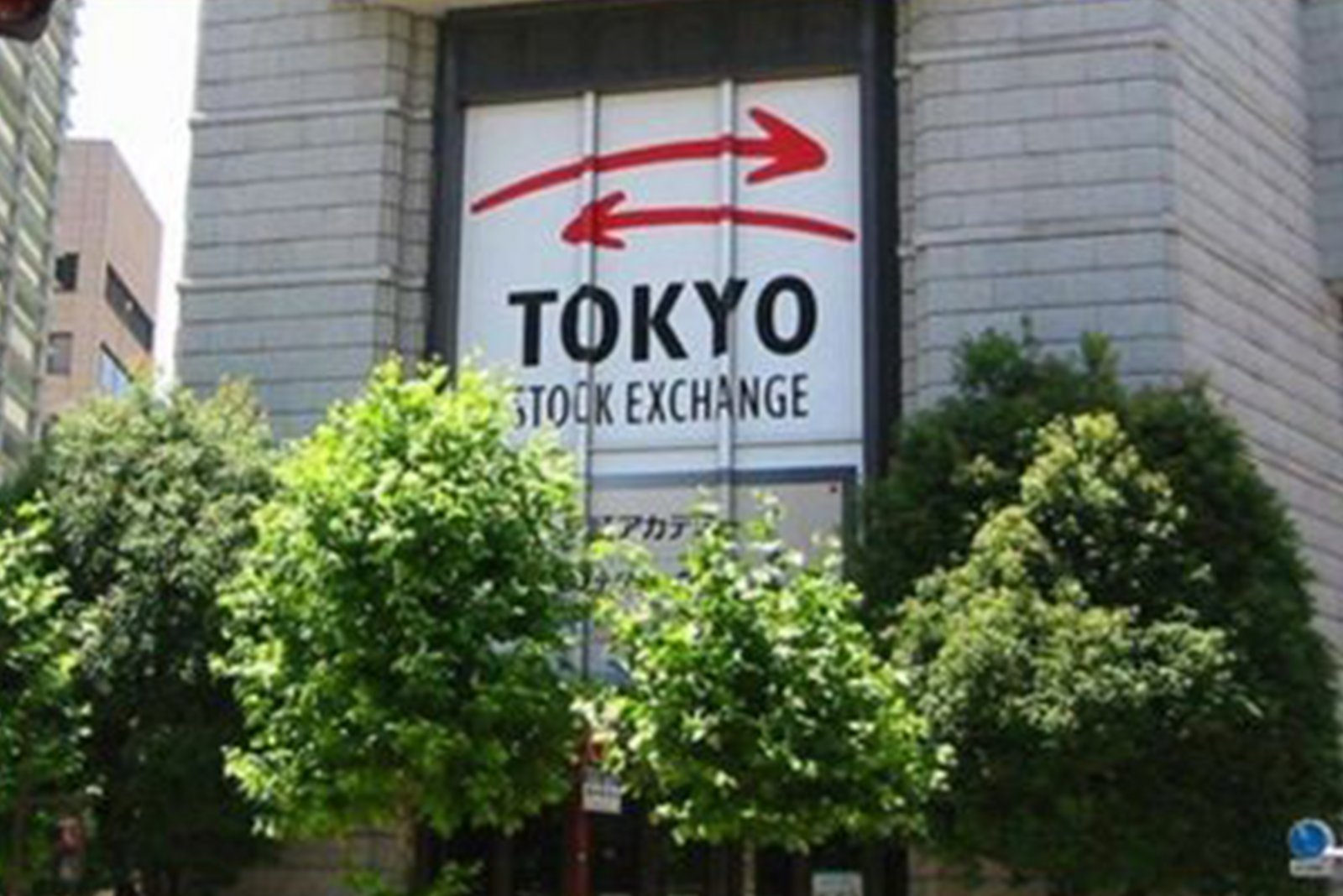Tokyo Stock Exchange's Extended Trading Hours: New Trends in Global Markets
The Tokyo Stock Exchange (TSE) recently announced that it will extend the daily trading hours by half an hour to 3: 30. This means that the full-day trading time of TSE will be increased to 5.5 hours. Why do global exchanges start to scramble to "extend the time"?
Tokyo stock exchange
The latest adjustment in Japan's stock market is not only the extension of trading hours, but also the addition of a "closing bid" period. The stock index futures of Osaka Stock Exchange were also extended for 30 minutes. TSE said that this reform is to adapt to market changes, meet the needs of investors and enhance its international competitiveness.
From the data point of view, as of March 2024, the average daily trading volume of TSE was about 5 trillion yen, up 30% year-on-year, indicating that extending the trading time is really helpful to improve market participation and trading volume.
America's super-long trading plan
Not only Japan, but also the global exchanges are extending the trading hours. NYSE Arca, a subsidiary of the new york Stock Exchange, plans to extend the trading hours to 22 hours, starting at 1: 30am EDT and continuing until 11: 30pm. All stocks, ETFs and closed-end trading funds listed in the United States will be subject to this "22-hour" trading system, which is open almost all day and is awaiting the approval of the regulatory authorities.
This move reflects the increasing demand for gold cryptocurrency and other 24/7 asset transactions in the market. NYSE hopes to adapt to this change and attract more international funds.
The strategy of extending the Asian market
In Asia, Singapore has the longest trading hours, 8 hours a day, followed by Hong Kong stock market and extended Tokyo stock market, both of which are 5.5 hours. The A-share market is also considering extending the trading hours to increase the trading overlap with Hong Kong stocks and improve the linkage between the two markets, thus attracting more international investors.
These changes show that the major exchanges in the world have adapted to the needs of all-weather trading and made strategic adjustments in the face of fierce competition. With the globalization of the market and the increasing demand for all-weather trading of assets, it has undoubtedly become a new trend to extend the trading time.
Previous Article Next Article


 Whatsapp
Whatsapp Telegram
Telegram
